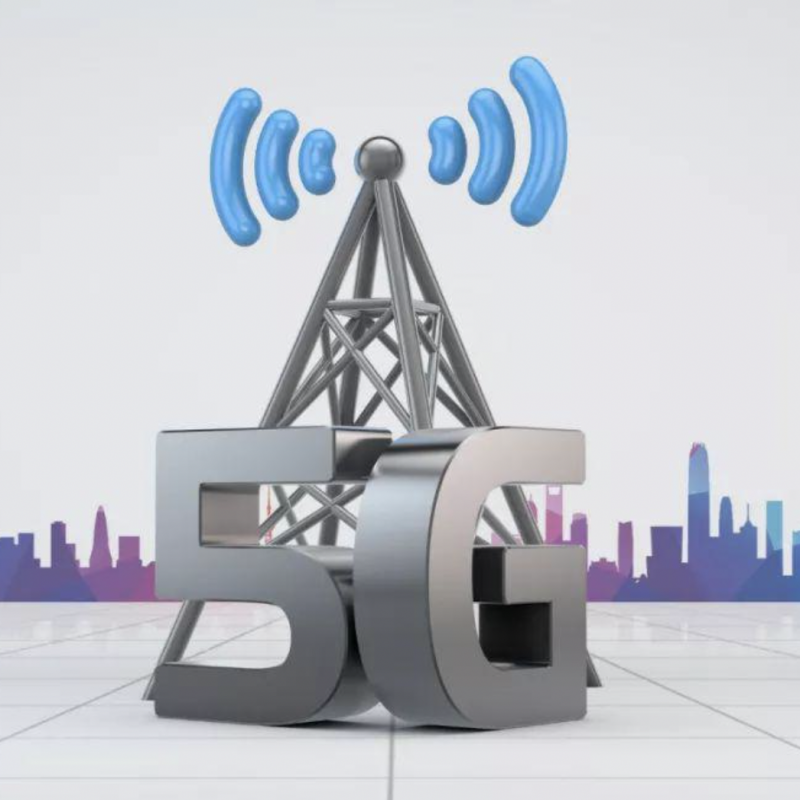 Fiber optic internet works by transmitting data using pulses of light through optical fibers made of glass or plastic. Here's a simplified explanation of how it works:
Fiber optic internet works by transmitting data using pulses of light through optical fibers made of glass or plastic. Here's a simplified explanation of how it works:1. **Data Transmission**:
- Electrical signals carrying data are converted into light signals using a device called a laser or light-emitting diode (LED).
- These light signals travel through the core of the fiber optic cable, which is made of a highly transparent material such as glass or plastic.
2. **Total Internal Reflection**:
- As the light travels through the fiber optic cable, it undergoes total internal reflection due to the principle of optics.
- This means that the light is continuously reflected off the inner walls of the fiber core, allowing it to travel long distances without significant loss of signal strength.
3. **Reception and Decoding**:
- At the receiving end, another device called a photodetector detects the light signals and converts them back into electrical signals.
- These electrical signals are then decoded and processed by the receiving equipment, such as a modem or router, to retrieve the original data.
4. **Signal Amplification** (if necessary):
- In long-distance fiber optic networks, signal amplifiers may be used to boost the strength of the light signals periodically along the cable route.
- This ensures that the signals maintain their integrity and can travel over extended distances without degradation.
5. **Bi-Directional Communication**:
- Fiber optic internet allows for simultaneous transmission of data in both directions (upload and download) over the same fiber optic cable.
- This bidirectional communication is achieved by using different wavelengths (colors) of light to differentiate between upstream and downstream data.
6. **Network Infrastructure**:
- Fiber optic internet infrastructure typically consists of a network of fiber optic cables laid underground, underwater, or suspended on utility poles.
- These cables are interconnected through network switches, routers, and other networking equipment to create a vast network capable of transmitting data over long distances.
Overall, fiber optic internet offers high-speed, reliable, and low-latency connectivity, making it ideal for applications such as internet browsing, streaming, online gaming, video conferencing, and cloud computing.
